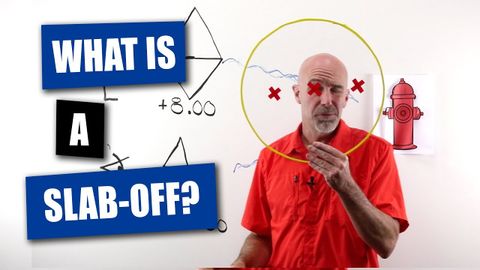
Subtitles & vocabulary
What Is A Slab-Off and How Do We Calculate It?
00
wei posted on 2018/12/15Save
Video vocabulary
straight
US /stret/
・
UK /streɪt/
- Adjective
- Not having curves, bends, or angles
- Not gay; heterosexual
- Adverb
- in a line; immediately; honestly and directly
- In a straight line; directly.
A2TOEIC
More amount
US /əˈmaʊnt/
・
UK /ə'maʊnt/
- Noun (Countable/Uncountable)
- Quantity of something
- Intransitive Verb
- To add up to a certain figure
A1TOEIC
More shift
US /ʃɪft/
・
UK /ʃɪft/
- Verb (Transitive/Intransitive)
- To change in position or direction
- To move something from one place to another
- Noun (Countable/Uncountable)
- A change in a persons plans, opinions or beliefs
- Period of work starting at a certain time
A2
More Use Energy
Unlock All Vocabulary
Unlock pronunciation, explanations, and filters
